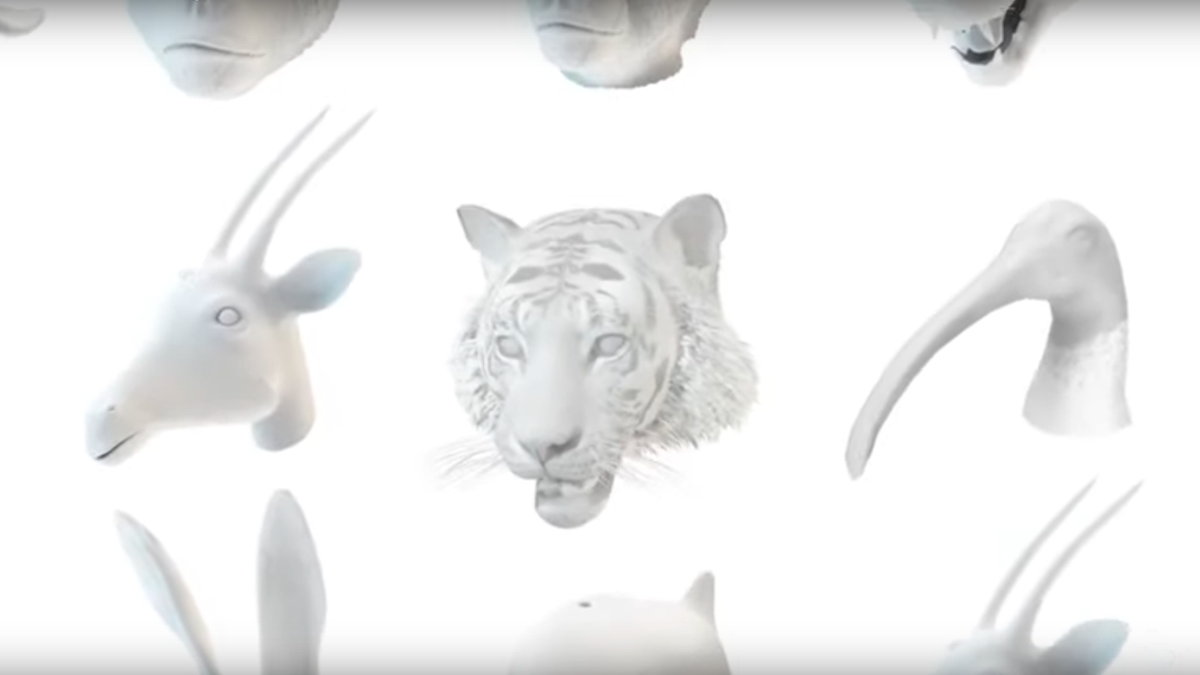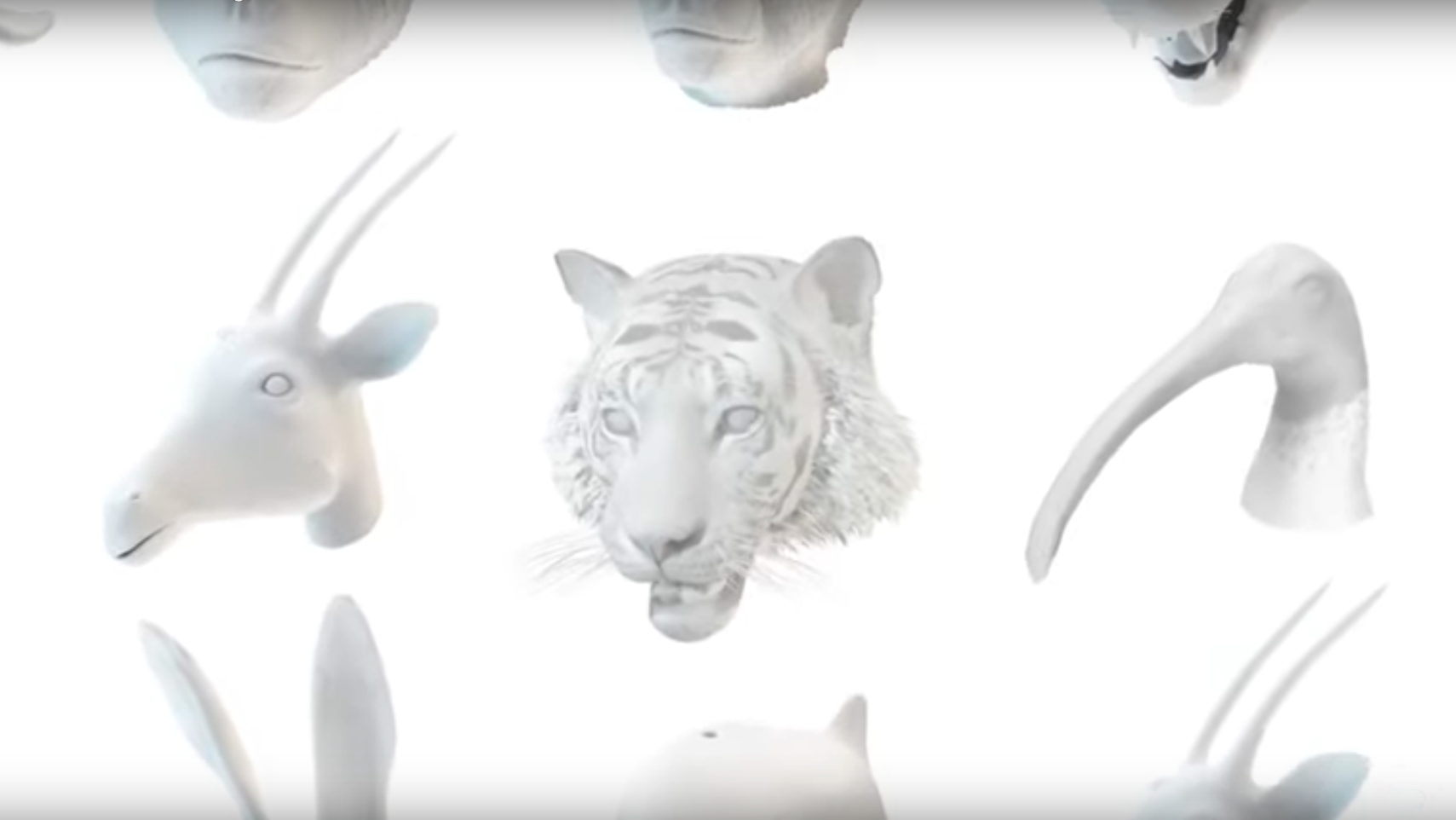
What’s a little grim about this particular project is that to make the art extra non-fungible, the NFTs—sorry, NFAs—are, per WWF, limited to the number of animals that are left in the wild. There are only 447 Baltic porpoises left, for example, so only 447 NFAs will be sold. A lot of the digital art itself is beautiful, but having it linked to a physical animal is gross; it feels like a tech bro version of people who shell out thousands of dollars to go on safaris and shoot endangered animals to decorate their walls while claiming it’s all in the name of conservation. The NFT space has proven time and again that it’s packed with ghouls intent on exploiting tragedy for a quick buck; I wouldn’t be surprised if one of these species going extinct would cause the value of the corresponding NFT to shoot up.
But there’s an even more bleak aspect to this project when you consider the energy implications of all this weird new “art.” NFTs are based on energy-intensive blockchain technologies, which overwhelmingly rely on a process called proof-of-work—putting computers to work hashing out equations, which takes a lot of electricity to run. Most NFTs are based on the Ethereum blockchain; last month, according to Digiconomist, a platform dedicated to tracking cryptocurrency’s carbon emissions, Ethereum’s energy consumption had shot up to more than 110 terawatt-hours per year, up from a little over 15 terawatt-hours per year in January 2021. (For reference, the entire country of the Netherlands used 116 terawatt-hours in 2020.) Last year, the (now shuttered) website crypto.wtf analyzed the carbon footprint of more than 18,000 NFTs, finding that the average NFT used about the same amount of electricity as a person living in the EU did each month. Some NFT artists and marketplaces are trying to use carbon offsets to make their work more environmentally friendly, but that’s kind of like closing a local school and then donating books to another one in the name of “education.” (Offsets themselves also have a whole host of problems.)
There are some blockchain developers, including at Ethereum, who are working to move from proof-of-work to something called proof-of-stake, which ditches a lot of the complex and energy-intensive calculations currently undergirding the system and cuts down on wasted energy. (Ethereum says this full transition will happen sometime this year.) WWF says that its NFA (ugh) collection is based on Polygon, an Ethereum sidechain that already uses proof-of-stake and thus has “very low power consumption,” the WWF website reads. (“Environmental protection is of course also our top priority when it comes to NFTs,” it says.)
But some critics say that this is just a way to greenwash Ethereum. Technology journalist Alex Stern told Climate Home News that converting Polygon into real-world currencies routes through a Bitcoin translation, which uses energy. WWF’s calculation was “hiding the Ethereum and Bitcoin emissions your NFT sale generates somewhere they can’t be easily attributed to you.” (Polygon has “comparatively negligible environmental impact,” a spokesperson for WWF-UK told Climate Home. They also said that WWF was “always looking at innovative ways to engage WWF supporters and fundraisers and trial new ideas.”)
All told, the whole thing just makes me—and a lot of other people, it seems—feel gross. Even if the Polygon currency figures out a way to eliminate emissions, it still feels wrong to link endangered species to a digital space that is creating an endless black hole for energy use and glorifying consumption. It should be noted that the WWF video about the project is weirdly focused on how much money NFTs earn. WWF is also consistently one of the top environmental charities in the U.S. in terms of donation amounts—even after a bombshell 2019 investigation revealed that it funds organizations that perpetuate human rights abuses abroad.
Advertisement
But hey, at least buying an NFA is better than buying an NFT of Martin Shrekli’s Wu-Tang album.
